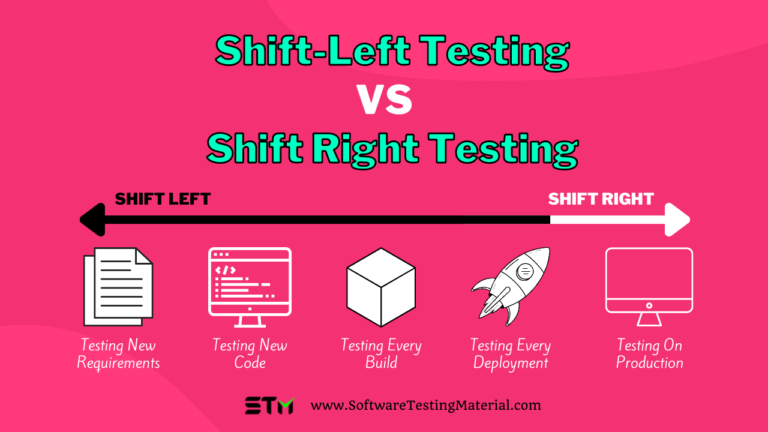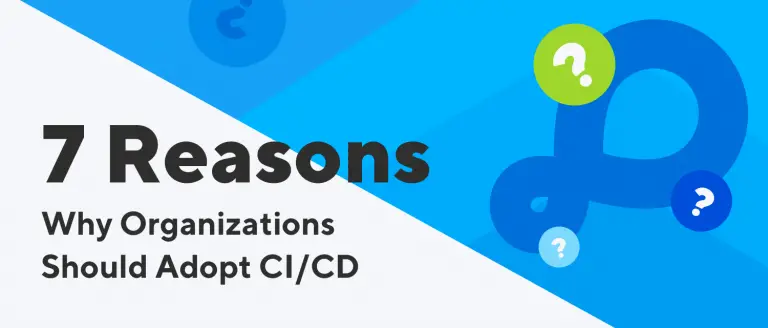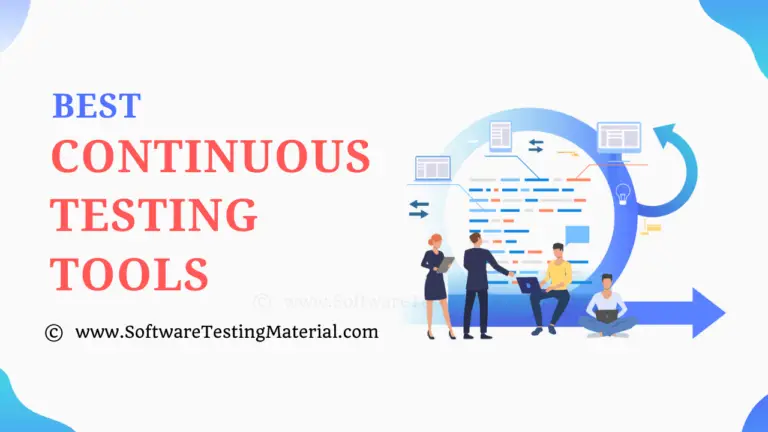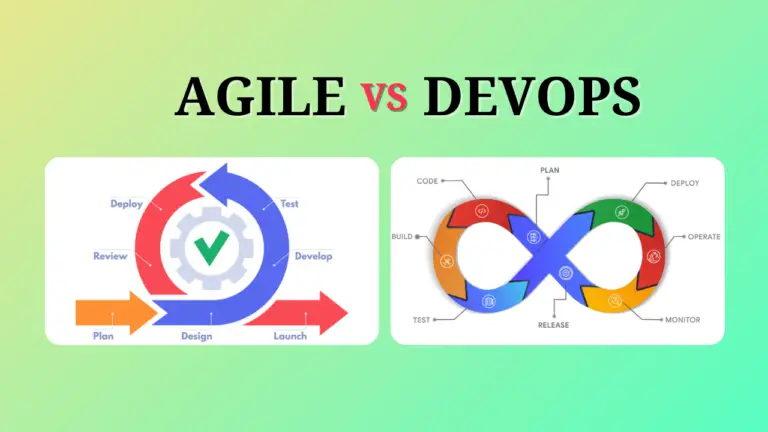What is CI/CD 101 | All You Need To Know
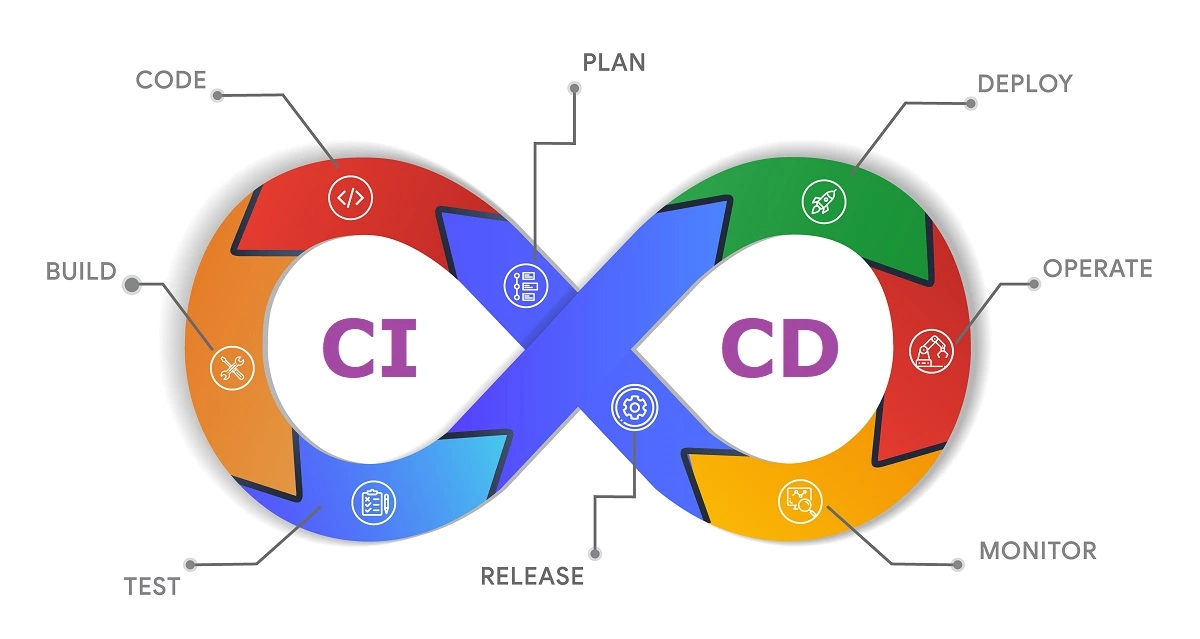
Continuous integration (CI) and continuous delivery (CD) are the two fundamental cornerstones of any DevOps operation. While CI allows to bring software into a deployable state at any time, CD aspires to be always able to release software into a production-like environment. To help you decide if CI/CD is the right solution for your organization to take, in this article, we will delve into the finer points of these two notions, their benefits and see how they can help in your development, testing, and deployment process.
What are continuous integration and continuous delivery?
Let’s start off by taking a look at the definitions of CI and CD:
1. Continuous Integration (CI):
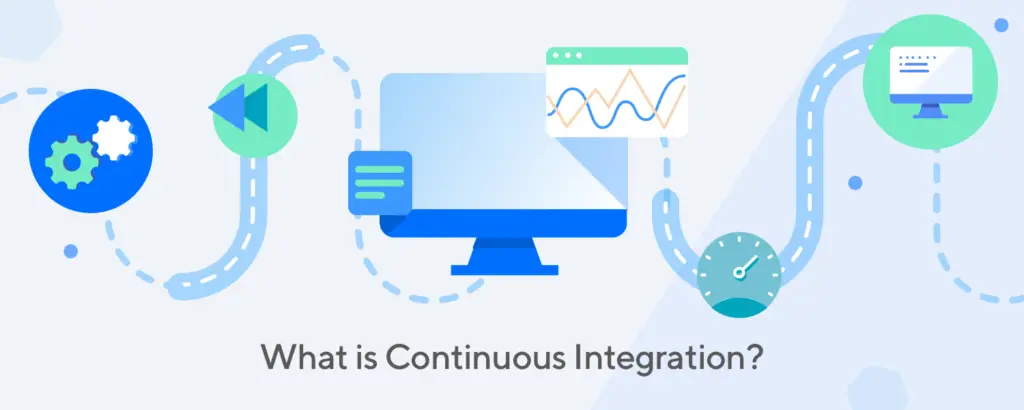
CI is a development practice that allows developers to continuously integrate code into a single shared and easy to access repository.
In a CI practice, developers build, run, and test code on their own workstations before committing code to the version control repository. After changes are made to the repository, a chain of events is put into motion. A typical first step in this chain is to build the latest version of source code. If the build is successful, unit tests are executed. If unit testing succeeds, the build is deployed to test environments where system tests are performed (usually using automated tests). The team is notified about the status of this process, and a report is delivered to provide details, such as build number, defects, and the number of tests.
2. Continuous delivery (CD):
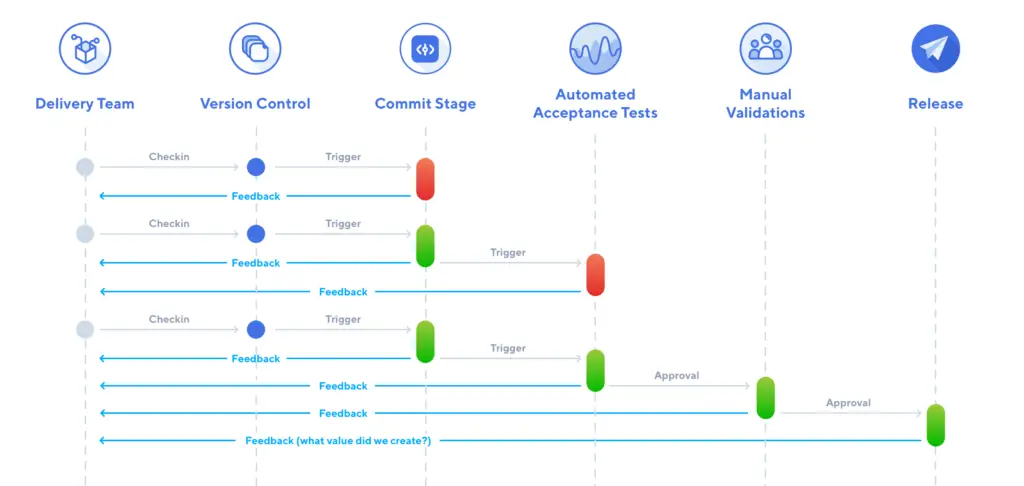
CD is the ability to deploy your integrated code into production without the need of human intervention. It allows developers to take the code stored in the repository and continuously deliver it to production.
In practice, CD picks up where continuous integration ends. While CI is the process to build and test automatically, CD deploys all code changes in a build to the testing or staging environment. CD makes it possible to release builds to the production environment when needed. Allowing the team to deploy at will, CD effectively reduces time to market. Learn more
Benefits of CI/CD:
Realizing the benefits means reducing risks for each build and clearing the way to get your valuable features out to customers faster. Below are some of the benefits of implementing CI/CD pipelines to your everyday software development process:
- Smaller code changes
- Faster mean time to resolution (MTTR)
- Faster Release Rate
- Smaller Backlog
- Increase team transparency and accountability
- Reduce costs
- Easy maintenance and updates
CI/CD Workflow Pipeline:

A CI/CI pipeline is a path for delivering a unit of change that starts from development to delivery, usually consists of the following main phases:
Phase 1: Commit
When developers complete a change, they commit the change to the repository.
Phase 2: Build
Source code from the repository is integrated into a build.
Phase 3: Automate tests
Automated tests are run against the build. Test automation is an essential element of any CI/CD pipeline.
Note: Automate the entire pipeline to allow a single commit from a developer to automatically be converted into an update in production.
Phase 4: Deploy
The built version is delivered to production.
Test Automation in a CI/CD pipeline:
Test automation is a crucial component of any CI/CD pipeline. Teams need to perform automated testing at all levels including integration, unit and system testing. Teams also need to apply automation testing for multiple testing types such as functionality, usability, performance, load, stress and security.
Conclusion:
In our modern era of software delivery, CI/CD practices are currently the most widely accepted choice to shorten software development and delivery cycle time. CI/CD can create a fast and effective process of getting your product to market before your competition as well as releasing new features and bug fixes to keep your current customers happy. So now it’s a good time for you to start learning CI/CD if you haven’t done so, it will be a valuable skillset with high demand for the future to come.


